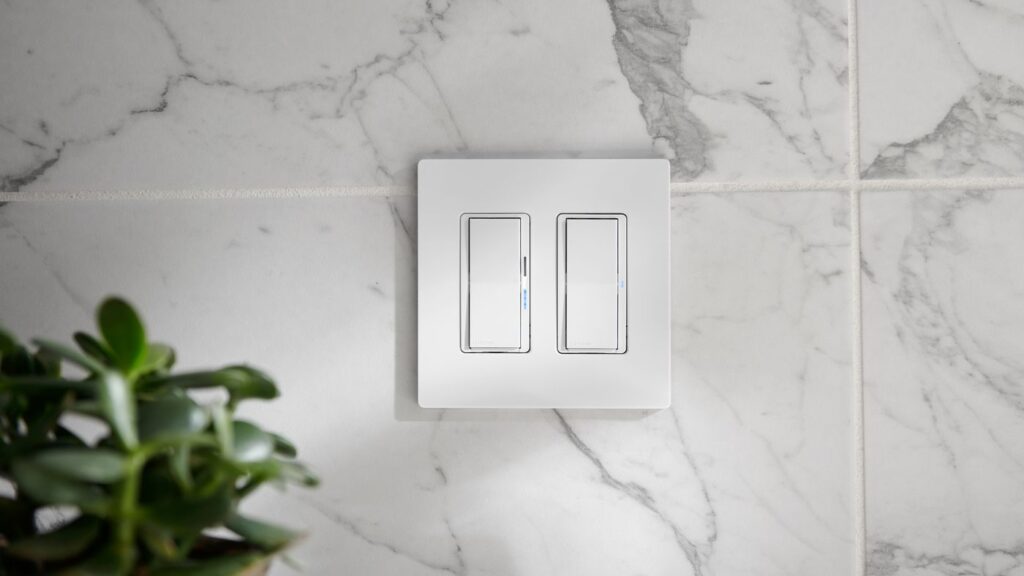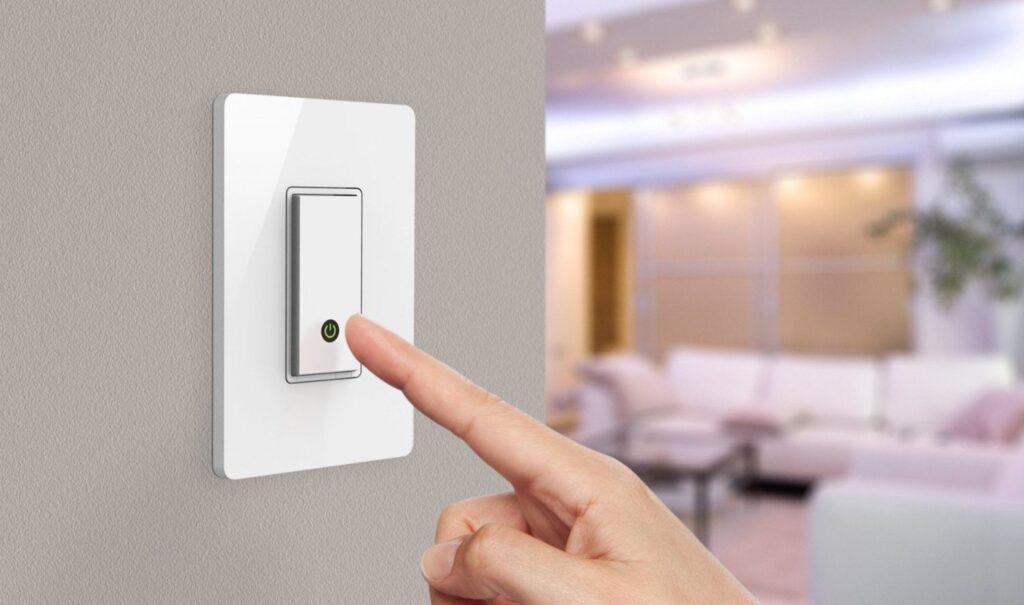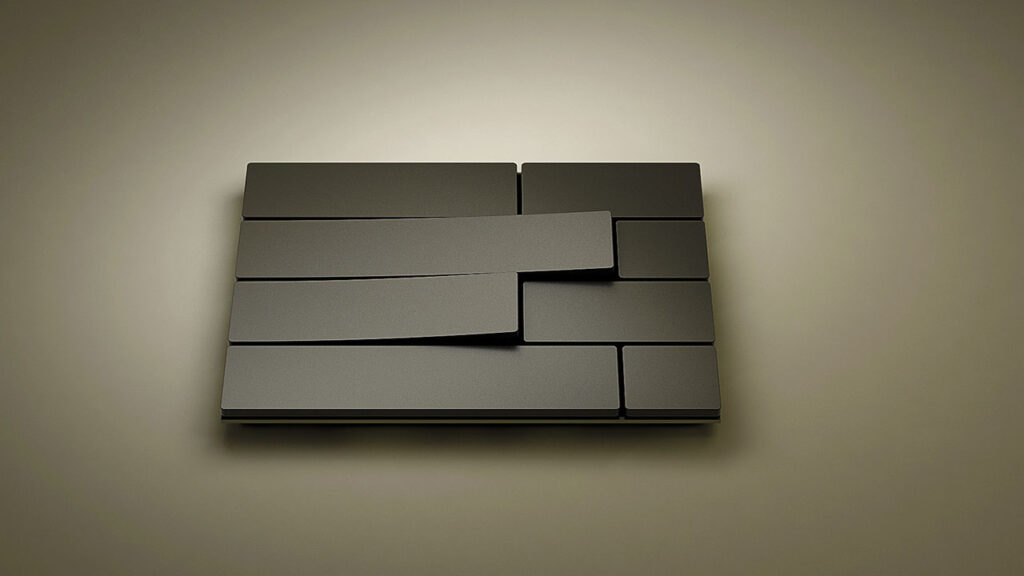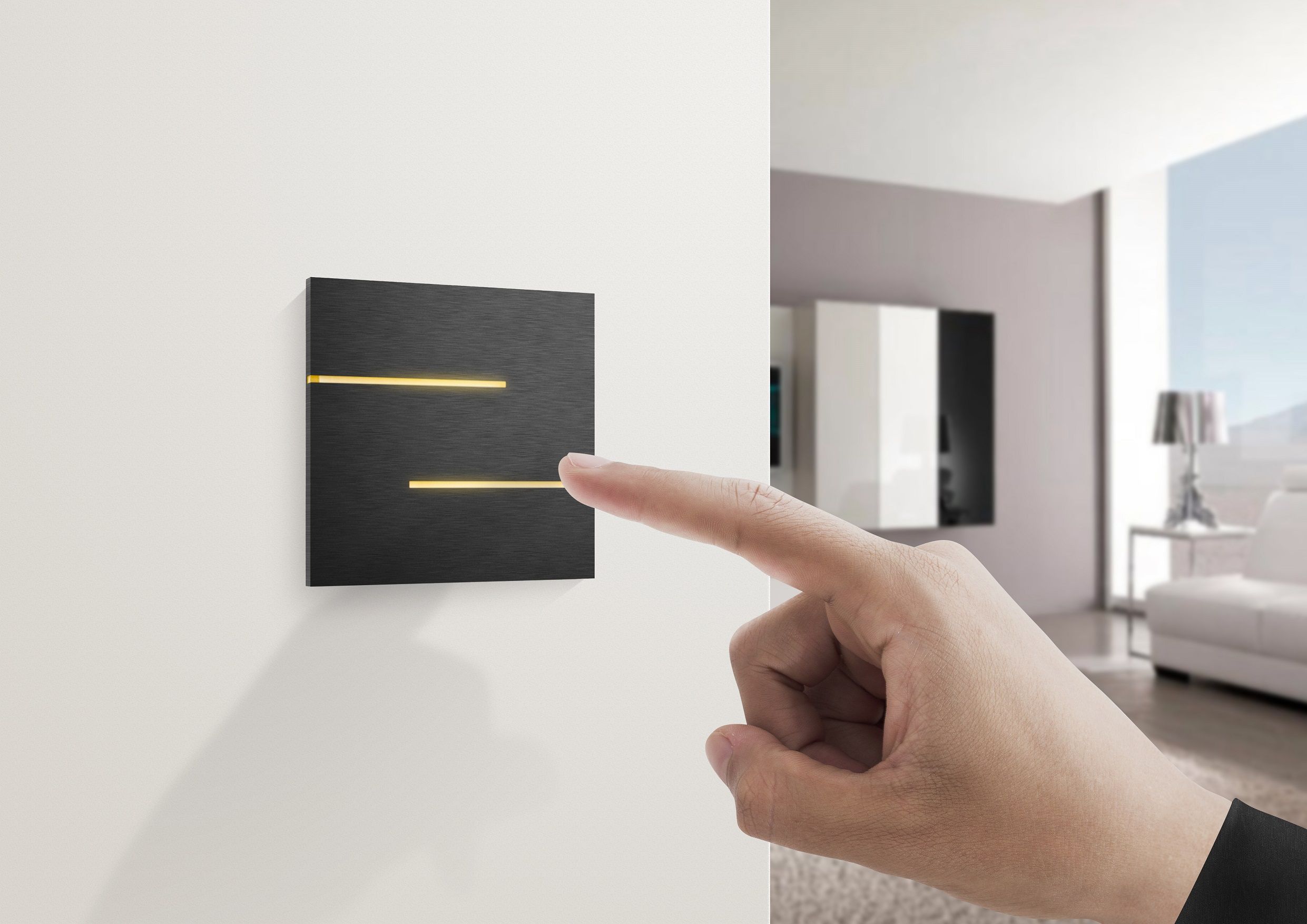Programmable light switches are a key component in achieving energy-efficient lighting. Understanding how these switches work and their role in energy efficiency can help individuals make informed decisions about their lighting choices. In this article, we will explore the basics of programmable light switches, their key features, and how they can contribute to significant energy savings.
Understanding Programmable Light Switches
Programmable light switches offer a convenient and efficient way to control lighting in a space. These switches allow users to schedule when their lights turn on and off, as well as customize lighting levels based on their preferences. By automating lighting control, programmable switches help reduce energy waste and lower electricity bills.
But let’s dive deeper into the world of programmable outlet switch and explore the fascinating details that make them so versatile and beneficial.
The Basics of Programmable Light Switches
Programmable light switches are designed to replace traditional wall switches. They come in various styles and configurations, ensuring compatibility with different lighting setups. These switches are equipped with a microprocessor that allows users to program specific times for lights to turn on or off.
Imagine being able to wake up in the morning to a softly lit room, thanks to your programmable light switch. With just a few simple programming steps, you can create a schedule that aligns perfectly with your daily routines.

Furthermore, programmable switches offer the flexibility to create different schedules for weekdays and weekends. This means that you can have your lights automatically turn on earlier on weekdays when you need to get ready for work, and have a more relaxed schedule on weekends.
But it doesn’t stop there. Programmable light switches also have the ability to dim the lights. This feature allows you to set the perfect ambiance for any occasion while saving energy. Whether you’re hosting a romantic dinner or having a movie night with friends, you can easily adjust the brightness to create the desired atmosphere.
Key Features of Programmable Light Switches
Programmable light switches offer a range of features that enhance energy efficiency and user control. Let’s take a closer look at some of these key features:
Multiple programming options:
These switches allow users to set different schedules for weekdays and weekends, taking into account variations in daily routines. This level of customization ensures that your lights are always in sync with your lifestyle.
Dimming capabilities:
With programmable switches, you have the power to adjust the brightness of your lights. This not only allows you to set the perfect ambiance but also helps you save energy by avoiding unnecessary brightness.
Remote control functionality:
Imagine being able to operate your light switches from anywhere within your home. With programmable switches, this becomes a reality. Whether you’re in bed or on the couch, you can easily turn your lights on or off without having to get up.
Motion sensors:
Some programmable switches can be integrated with motion sensors. These sensors detect occupancy in a room and automatically turn the lights on or off accordingly. This feature is not only convenient but also optimizes energy usage by ensuring that lights are only on when needed.
These features make programmable light switches versatile and adaptable to various lighting needs and preferences. By taking advantage of these features, users can maximize energy efficiency and reduce their environmental impact.
So, whether you’re looking to save energy, enhance convenience, or create the perfect lighting ambiance, programmable light switches are a smart choice. Embrace the power of automation and transform the way you control your lights.
The Role of Programmable Light Switches in Energy Efficiency
Programmable light switches play a crucial role in promoting energy efficiency. By intelligently managing lighting control, these switches can help individuals reduce their energy consumption and achieve significant cost savings. Let’s explore how programmable light switches contribute to energy efficiency.
How Programmable Light Switches Save Energy
The primary way programmable light switches save energy is by avoiding unnecessary lighting usage. By setting specific schedules, lights can automatically turn off when not needed, preventing wasteful energy consumption. For example, users can program their switches to turn off lights in unoccupied rooms during the day, reducing energy waste.
In addition, the dimming capabilities of programmable switches allow users to reduce the brightness of their lights, consuming less electricity without compromising on visibility. Energy-efficient lighting solutions, such as LED bulbs, can be combined with programmable switches for even greater energy savings.
But did you know that programmable light switches can do more than just turn lights on and off? Some advanced models come with motion sensors that can detect human presence in a room. This feature ensures that lights are only activated when someone is present, further minimizing energy waste. Imagine walking into a room and having the lights automatically turn on, and when you leave, they turn off by themselves. It’s not only convenient but also incredibly energy-efficient.
Furthermore, programmable light switches can be integrated with other smart devices in your home. For example, you can connect them to your smart thermostat, allowing the lights to adjust based on the temperature and time of day. If it’s a sunny afternoon, the lights can automatically dim to take advantage of natural light, reducing the need for artificial lighting.

The Environmental Impact of Using Programmable Light Switches
By using programmable light switches, individuals can make a significant positive impact on the environment. The reduced energy consumption resulting from the controlled and optimized lighting usage translates to lower greenhouse gas emissions. Implementing programmable switches in homes and offices on a larger scale can contribute to a more sustainable future.
Moreover, programmable switches can be integrated into smart home systems, providing users with even more control and opportunities for energy efficiency. By connecting lights to a central hub or utilizing voice control systems, users can easily manage their lighting and adjust settings based on their needs and preferences.
But let’s not forget another important aspect of energy efficiency – the financial benefits. By reducing energy consumption, programmable light switches can lead to significant cost savings on electricity bills. Imagine being able to track your energy usage and identify areas where you can further optimize your lighting to save even more money. With programmable switches, it’s not just about being environmentally friendly, but also about being financially savvy.
Furthermore, the use of programmable light switches can also extend the lifespan of your light bulbs. By controlling the intensity and duration of lighting, you can prevent excessive wear and tear on the bulbs, leading to longer-lasting and more cost-effective lighting solutions.
In conclusion, programmable light switches are an essential tool in promoting energy efficiency. They not only help individuals reduce their energy consumption and achieve cost savings but also have a positive impact on the environment. By avoiding unnecessary lighting usage and integrating with other smart devices, programmable switches offer a convenient and sustainable solution for optimizing lighting control.
Installing and Using Programmable Light Switches
Installing programmable light switches is a straightforward process that can be done by most homeowners. Here is a step-by-step guide on how to install these switches:
- Ensure that the power to the switch is turned off by switching off the circuit breaker.
- Remove the existing switch plate by unscrewing the mounting screws.
- Disconnect the wires connected to the old switch, noting the wire colors and their corresponding terminals.
- Connect the wires to the programmable switch, following the manufacturer’s instructions. It is essential to match the wire colors properly.
- Secure the switch into place and attach the switch plate.
- Restore power by turning the circuit breaker back on.
Once the switch is installed, taking full advantage of its energy-saving features is key. Here are some tips for maximizing energy efficiency:
Optimize schedules:
Regularly review and adjust the programmed schedules to align with your current routines. This ensures that lights are only on when needed.
Utilize motion sensors:
If your programmable switch has motion-sensing capabilities, utilize them in high-traffic areas such as hallways or bathrooms to ensure lights are only activated when necessary.
Combine with LED bulbs:
LED bulbs are highly energy-efficient and have long lifespans. Pairing them with programmable switches enhances energy savings and further reduces environmental impact.
By following these tips, users can make the most of their programmable light switches and maximize energy efficiency in their lighting setup.
Evaluating Different Types of Programmable Light Switches
When choosing a programmable light switch, several factors should be considered to ensure the best fit for your needs. Here are some factors to keep in mind:

Factors to Consider When Choosing a Programmable Light Switch
Compatibility: Ensure that the switch you select is compatible with your existing wiring and lighting setup. Different switches may require specific wiring configurations or work only with certain types of bulbs.
Features: Assess the available features and determine which ones are essential for your needs. Consider whether you require dimming capabilities, remote control functionality, or motion-sensing capabilities.
Ease of Use: Look for switches with intuitive interfaces and easy-to-understand programming options. A user-friendly switch will make it simpler to customize and adjust schedules as needed.
Review of Top Programmable Light Switch Brands
There are several reputable brands offering programmable light switches. Some of the top brands known for their quality and reliability include:
- Lutron
- Leviton
- Honeywell
- TP-Link
- Legrand
These brands offer a wide range of programmable switches with various features and options to suit different preferences and budgets. Researching customer reviews and product specifications can help determine the best fit for your requirements.
The Future of Programmable Light Switches
As technology continues to advance, so will the capabilities of programmable light switches. Innovations such as enhanced connectivity, compatibility with smart home systems, and integration with voice assistants are shaping the future of programmable switches.
Technological Advances in Programmable Light Switches
With the rise of the Internet of Things (IoT), programmable light switches are becoming more connected and intelligent. These switches can now be controlled remotely via smartphone apps and integrated into comprehensive smart home automation systems. This integration allows users to create personalized lighting experiences and further optimize energy management.
The Potential of Programmable Light Switches in Smart Homes
In a smart home setup, programmable light switches can interact with other devices and systems, maximizing convenience and energy savings. For example, lights can automatically adjust based on occupancy detected by motion sensors or respond to natural light levels detected by smart sensors or cameras.
The integration of programmable switches with voice assistants like Amazon Alexa or Google Assistant also offers users voice control capabilities, making lighting control even more effortless and intuitive.
In conclusion, programmable light switches offer a practical and energy-efficient solution for lighting control. Understanding their basics, key features, and benefits can empower individuals to make informed choices and contribute to a greener future. By installing, utilizing, and evaluating different types of programmable switches, users can optimize energy management and achieve significant cost savings in their lighting setup.
Related: Common Circuit Breaker Issues and How to Diagnose Them

